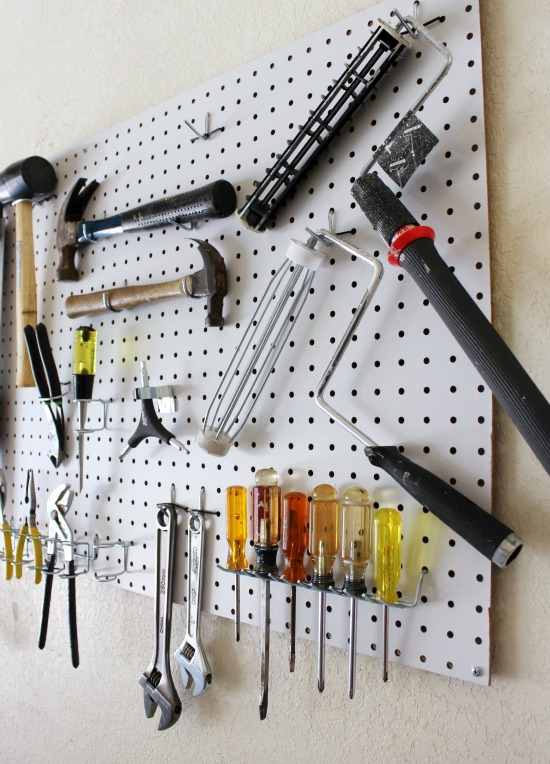Torque wrenches are essential tools in any garage, repair shop, or the tool collections of serious DIY mechanics, since it allows for the correct fastening of critical fasteners, such cylinder head bolts, engine assembly, and even wheel lug nuts. However, a torque wrench loses some accuracy over time due to poor storage practices, misuse, or other factors. To help you get the best results from your torque wrench, we have compiled a list of things you should know about torque wrenches.
Store your torque wrench correctly
Most DIY mechanics don’t use their torque wrenches regularly, but do you know how to store yours until next you need it?
Mechanical torque wrenches work by tensioning a spring, which needs to be relaxed when the tool is not in use. If you leave the spring under tension, it can lose some of its tension over time, which means that you will not be able to obtain the correct torque value the next time you use it.
The best thing to do after using your torque wrench is to relax the spring to the minimum setting on the scale, to prevent other moving parts in the clutch mechanism from moving relative to each other. At the minimum setting, all the moving parts are prevented from moving, and at this setting, the spring won’t be damaged, no matter for how long you store the tool. If you do this, you can be sure that all fasteners are tightened correctly the next time you use your torque wrench.
Stick to one “click”
Most mechanical torque wrenches are designed to click only once when the set torque value is reached. However, some tools are designed to click a second time when this value is exceeded, but this means that the fastener is over tightened. By trusting your torque wrench when it clicks the first time, you will know when the correct torque value is obtained, so do NOT allow the tool to click a second time to avoid damaging fasteners and components.
Use the marked pulling point
Because most torque wrenches depend on their lengths to achieve the correct torque value, these tools are provided with a marked position on the handle that indicates the correct distance from the center of the pivot point at which to apply a pulling force. In general, this point should be in the middle of your hand when you grip the handle.
Use the locking mechanism.
All good quality torque wrenches are fitted with a locking mechanism to prevent the setting from changing during use. Always use this lock to ensure even tightening, which can cause serious problems such as breaking fasteners when the setting changes upwards, or fluid and gas leaks past gaskets when the setting changes downwards during use. To prevent the possibility of this happening to you, avoid the use of torque wrenches on which the setting cannot be locked.
Don’t use your torque wrench for undoing fasteners
Although some torque wrenches can be locked to allow for undoing normal, right-hand- threaded fasteners, never assume that your torque wrench can be used for this. Always check the specifications and user manual that came with the tool to ensure you don’t destroy your torque wrench by undoing fasteners.
As a rule of thumb, cheap tools cannot be used for undoing fasteners, so unless you have really expensive tool that is rated for use on left-hand threads, use another type of tool such as a power bar or similar to undo stubborn fasteners.




